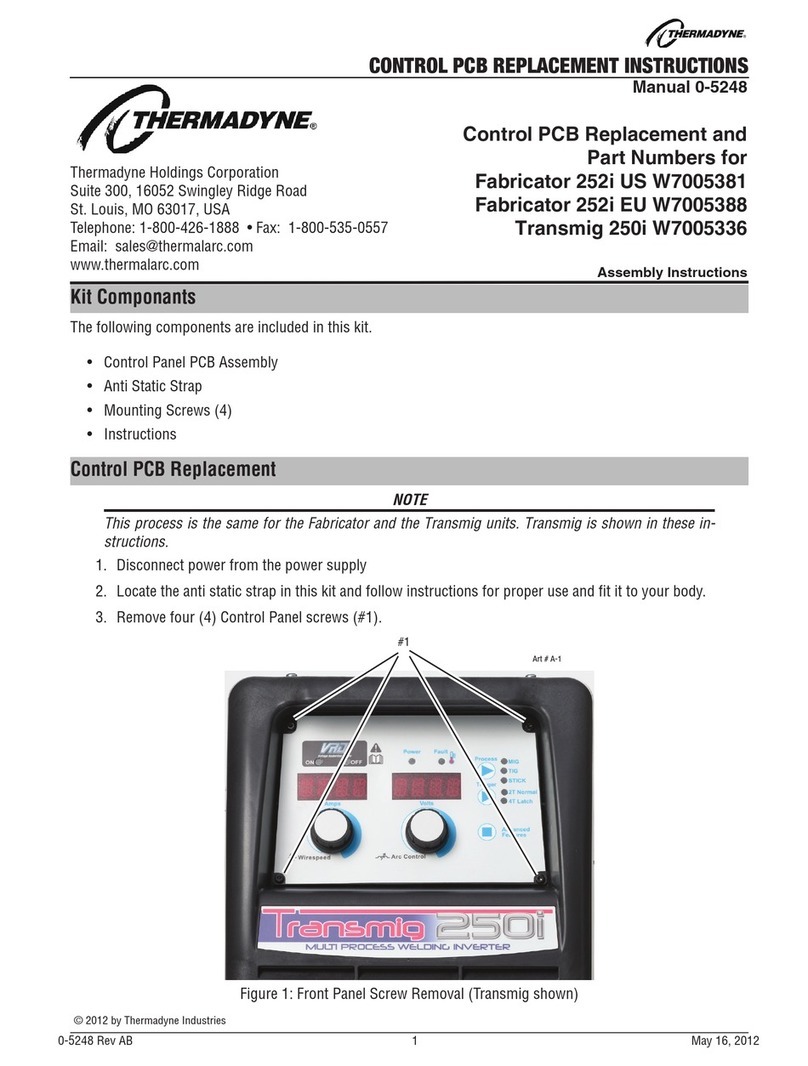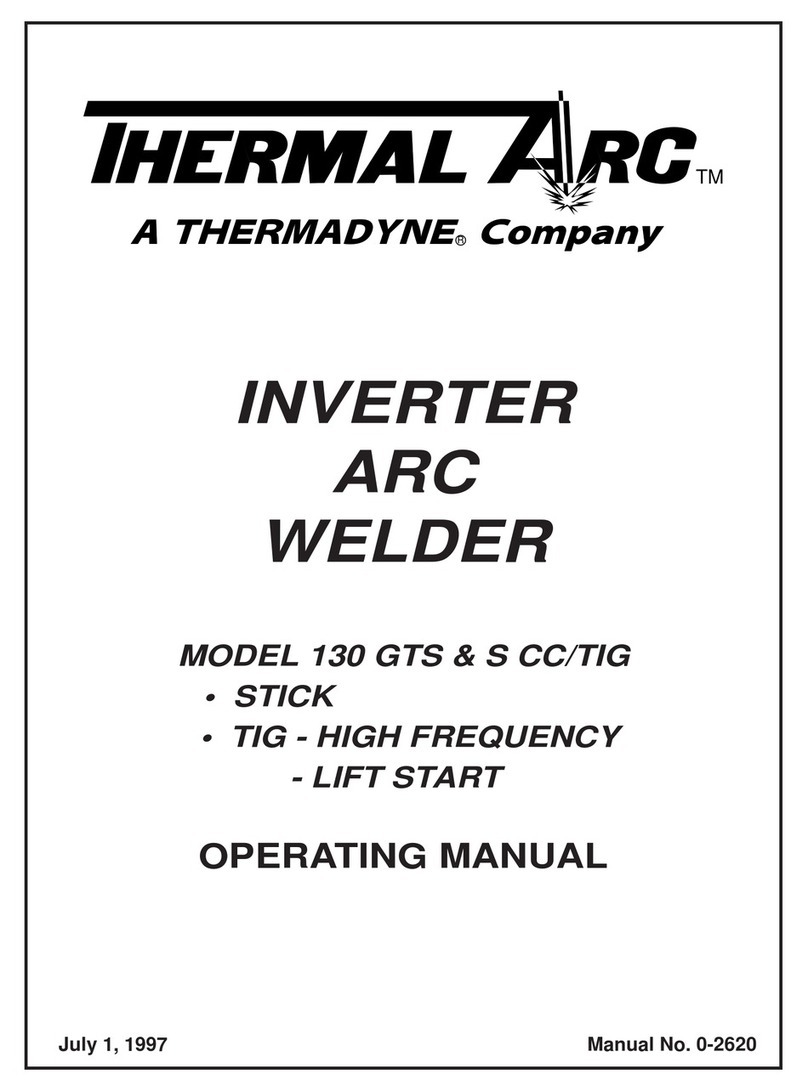
INTRODUCTION
How To Use This Manual
This Owner’s Manual usually applies to just the
underlined specification or part numbers listed on
the cover. If none are underlined, they are all cov-
ered by this manual.
To ensure safe operation, read the entire manual,
including the chapter on safety instructions and
warnings.
Throughout this manual, the words WARNING,
CAUTION, and NOTE may appear. Pay particular
attention to the information provided under these
headings. These special annotations are easily rec-
ognized as follows:
WARNING gives information re-
garding possible personal in-
jury. Warnings will be enclosed
in a box such as this.
CAUTION refers to possible equipment
damage. Cautions will be shown in bold
type.
NOTE offers helpful information concern-
ingcertainoperatingprocedures. Noteswill
be shown in italics.
Equipment Identification
The unit’s identification number (specification or
part number), model, and serial number usually
appear on a nameplate attached to the control
panel. In some cases, the nameplate may be at-
tached to the rear panel. Equipment which does not
have a control panelsuch as gun and cable assem-
blies are identified only by the specification or part
number printed on the shipping container. Record
these numbers for future reference.
Receipt Of Equipment
When you receive the equipment, check it against
the invoice to make sure it is complete and inspect
theequipmentforpossibledamageduetoshipping.
If there is any damage, notify the carrier immedi-
ately to file a claim. Furnish complete information
concerning damage claims or shipping errors to
Thermal Arc, Order Department, 2200 Corporate
Drive, Troy, Ohio 45373-1085. Include all equip-
ment identification numbers as described above
along with a full description of the parts in error.
Move the equipment to the installation site before
uncrating the unit. A lifting eye extends through the
top of the cabinet on most equipment to facilitate
handling with a hoist or crane. Use care to avoid
damaging the equipment when using bars, ham-
mers, etc., to uncrate the unit.
WARNING: Falling machine due
to lifting eye failure may cause
death or serious injury.
•Lifting device may fail when overloaded.
•This lifting device is designed to lift the
power source ONLY. If the machine is
equipped with a trailer or accessories over
100 pounds, DO NOT LIFT by lifting eye.
•Avoid sudden jerks, drops, or swinging.
•Check lifting device components visually
for looseness and signs of metal fatigue.
•Before changing any hardware, check
grade and size of bolts, and replace with
bolts of equal or higher size and grade.
Additional copies of this manual may be pur-
chased by contacting Thermal Arc at the address
given above. Include the Owner’s Manual number
and equipment identification numbers.
430429-290
INTRODUCTION
December 1, 1997 Revised 1-1




























